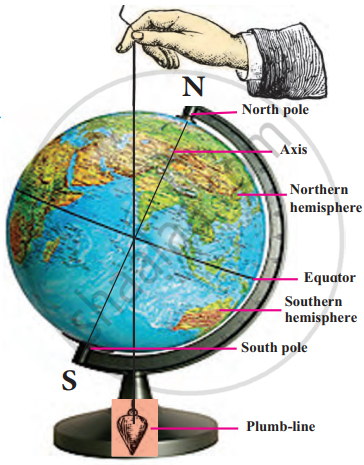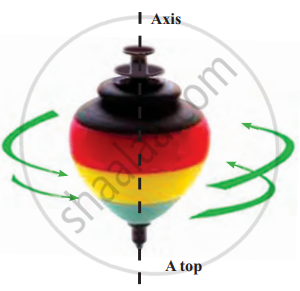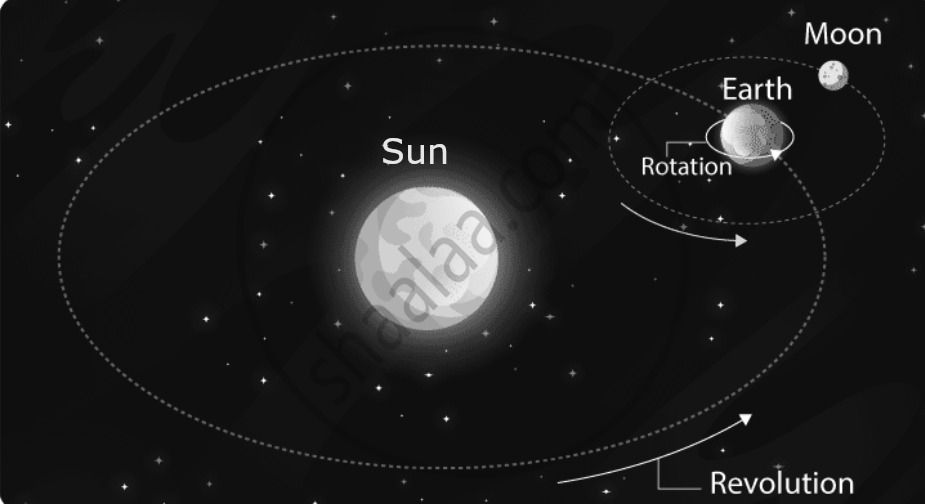To observe the Earth's tilted axis and understand the concept of poles, the equator, and hemispheres.
The Earth’s axis is an imaginary tilted line that passes through two fixed points on the globe: the North Pole (N) and the South Pole (S).
- When a globe is placed on a flat surface and spun, it rotates around this axis, just like the Earth does in space.
- The axis is not vertical; it is tilted at an angle of about 23.5°, which affects seasons and daylight patterns on Earth.
- A plumb line (a hanging thread with a small weight) can be used to compare the earth's tilt. When held next to the spinning globe, the plumb line appears at an angle to the axis, showing this inclination.
- The equator is an imaginary line that runs around the middle of the Earth, exactly halfway between the North and South Poles.
- The equator divides the Earth into two equal halves:
- The Northern Hemisphere (the upper half above the equator).
- The Southern Hemisphere (the lower half below the equator).
- These hemispheres help in understanding Earth’s geography, climate zones, and the distribution of land and water.
- This activity helps visualise how the Earth rotates on a tilted axis, affecting time zones, seasons, and sunlight distribution.



